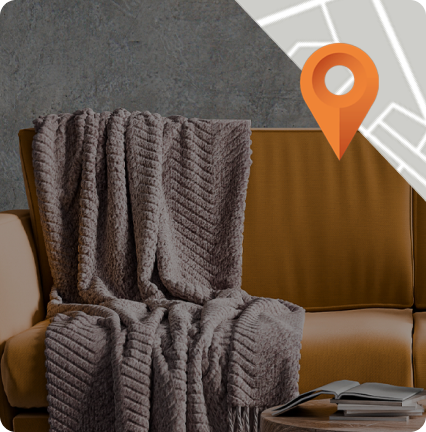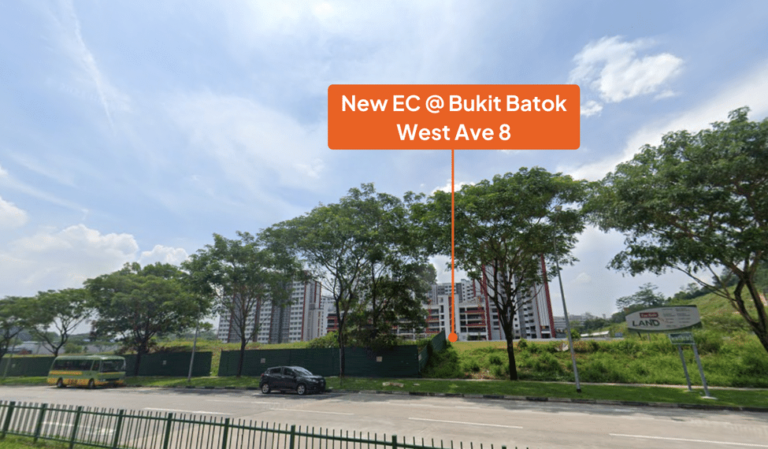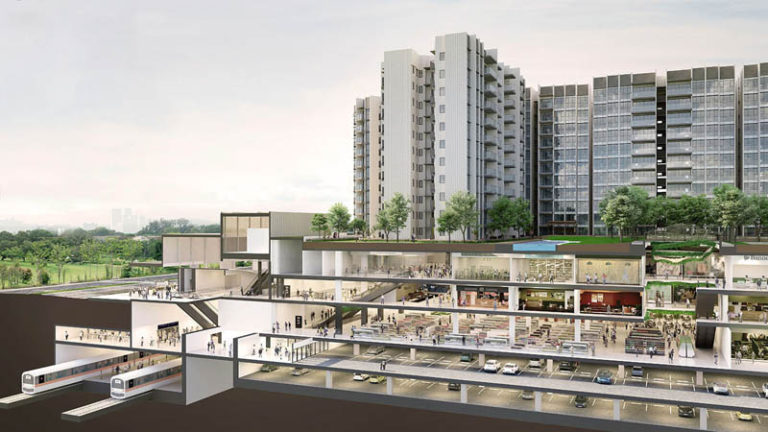Written by: Henny Maherah
Co-living has become increasingly common in Singapore as young professionals are choosing to stay in rented communal spaces rather than with their families. The concept is similar to coworking, but with housemates instead of budding entrepreneurs. What has sparked this trend?
3 FAQs About Co-Living in Singapore Answered
1. Why is co-living gaining popularity among millennials?
Initially targeted as a residential option for foreign expatriates, co-living has been gaining traction among local, single millennials who do not meet the HDB’s requirements for purchasing an HDB flat before the age of 35.
Co-living offers a three-month minimum stay with rental costs for as low as $1,000 per month. Administrative paperwork is also kept to a minimum, providing flexibility and convenience for a demographic that is always on the move.
2. What are the pros and cons of co-living spaces?
The key factors that draw millennials and expats to the co-living set-up are efficiency and affordability. Co-living spaces also offer a sense of community and require little maintenance from occupants. Often, the living areas are aesthetically designed for the right balance between business and leisure, perfectly complementing the high-end, fast-paced lifestyles of the targeted group.
Despite the streamlined process and cheaper upfront expenses, co-living has its drawbacks. These include a lack of privacy, shared utilities, and the short-term nature of the accommodations.
3. Where are the latest co-living developments?
Singapore-based co-living startups have recently introduced properties in Tiong Bahru across seven locations: Hoot Kiam Road, Zion Road, Tiong Bahru Road, Moh Guan Terrace, Chay Yan Street, Tiong Poh Road, and Guan Chuan Street.
An address in Tiong Bahru offers a wider range of options for residents looking to be within close proximity of the central business hub. This could be the beginning of the development of what was previously an untapped real estate resource.
Which should you choose? Ultimately, it boils down to financial planning and the length of your stay. For short-term visitors who would prefer to skip the lengthy rental process (and the hefty rent that comes with it), co-living might be the perfect fix. But for locals, there’s nothing quite like investing and living in your own home.
Looking to buy a home of your own? Browse through thousands of unique listings on the Ohmyhome App from the Google Play Store or App Store today!
Need professional assistance? Get in touch with our trusted in-house agents to kickstart your home journey at a fixed fee starting from $2,288 + GST.
Call us today at +65 6886 9009!
Source: Straits Times Singapore



































































